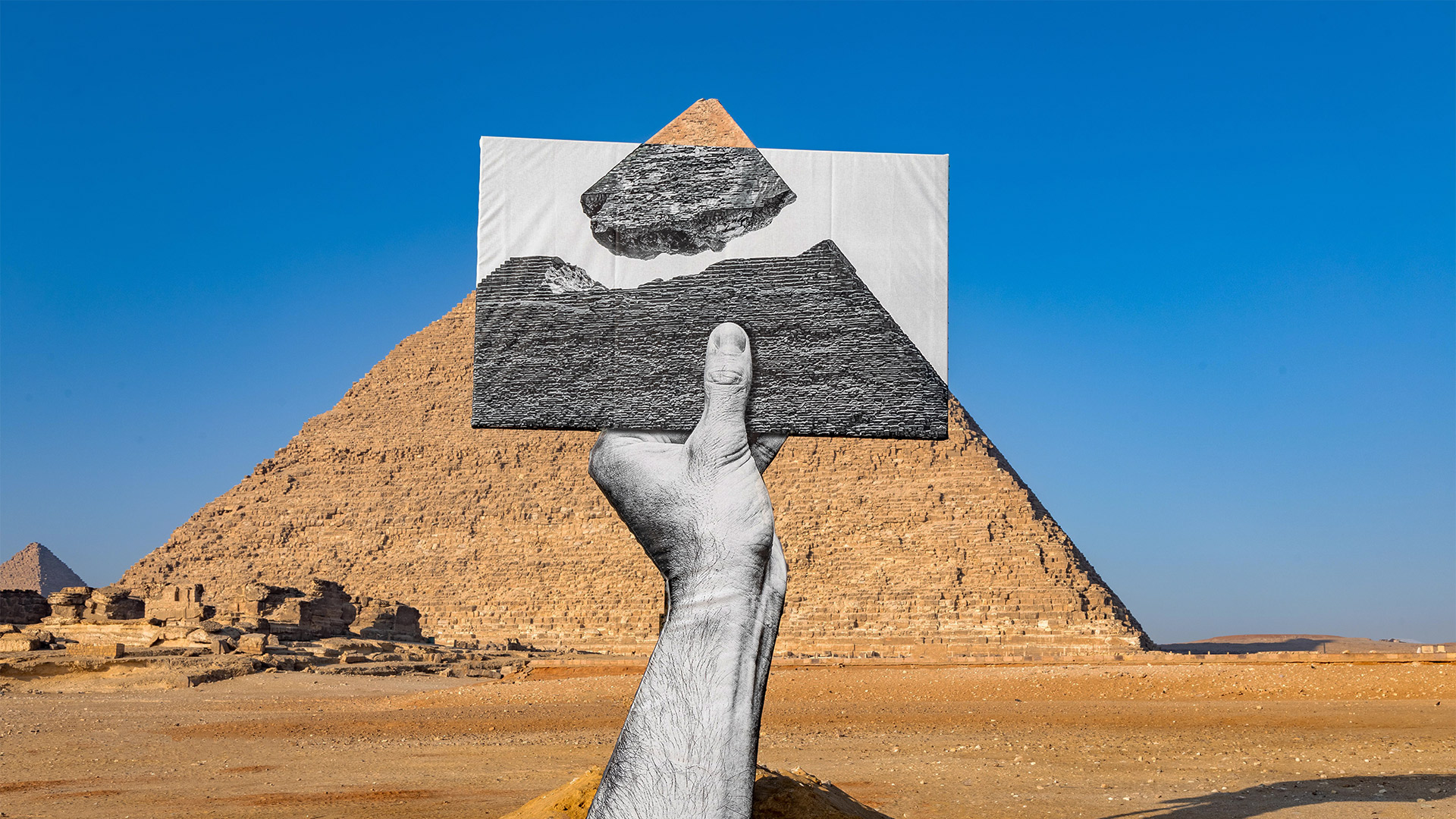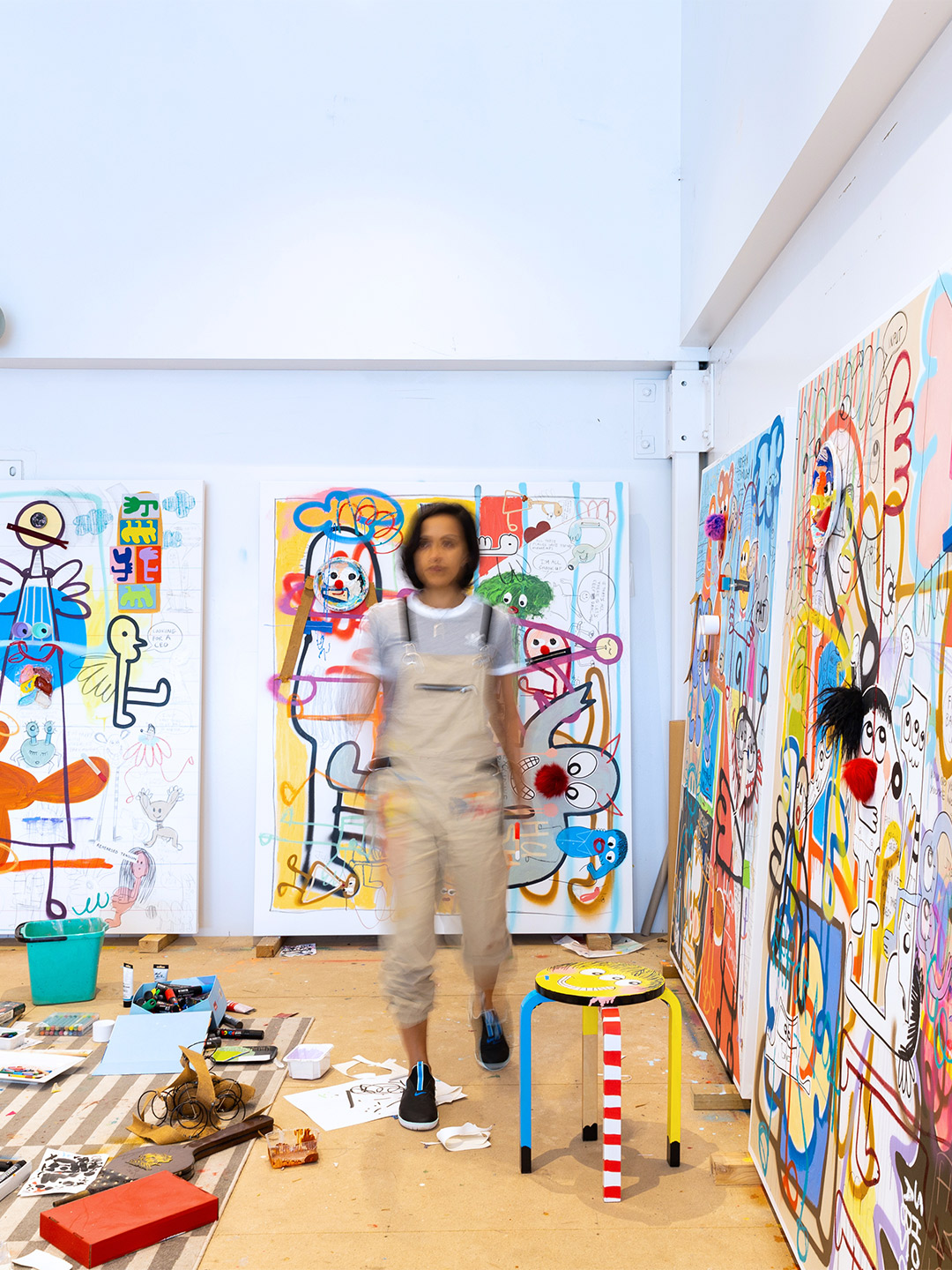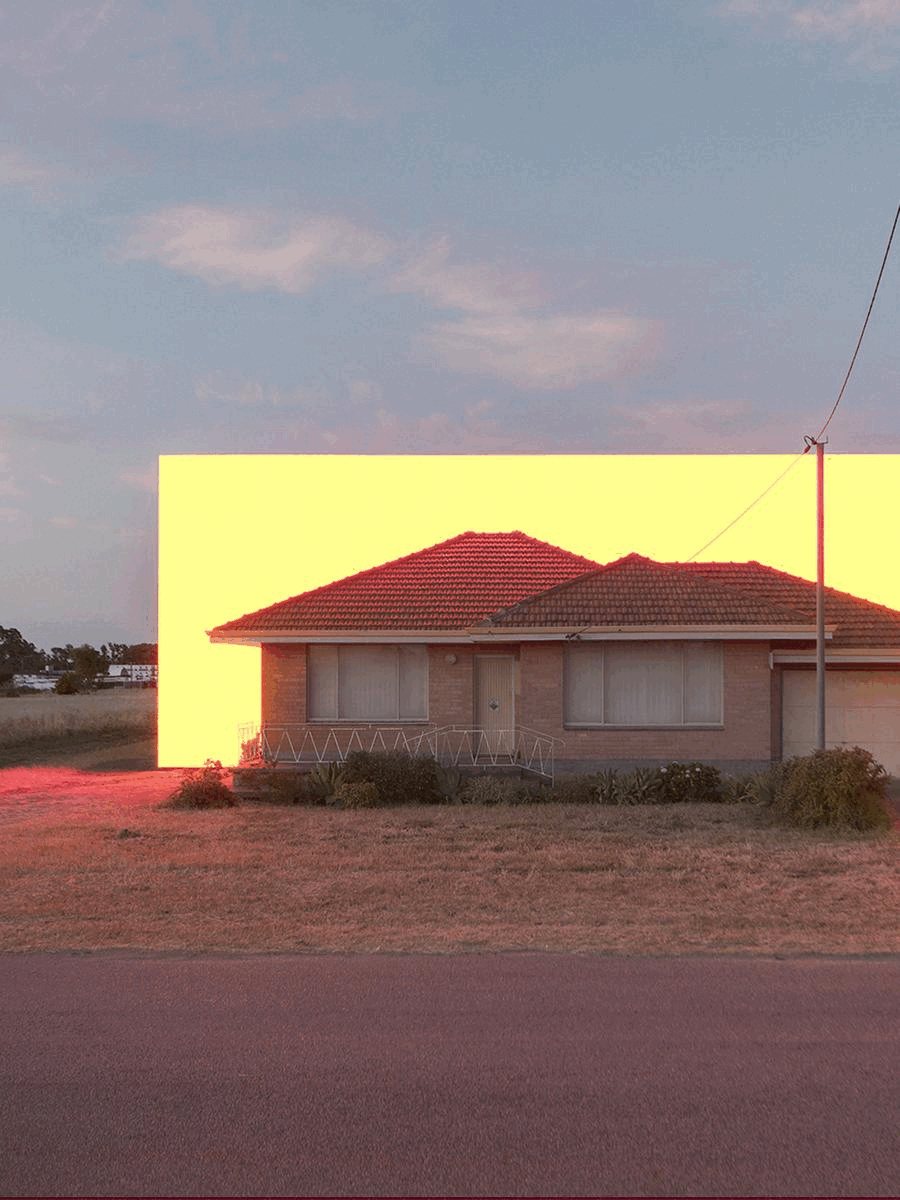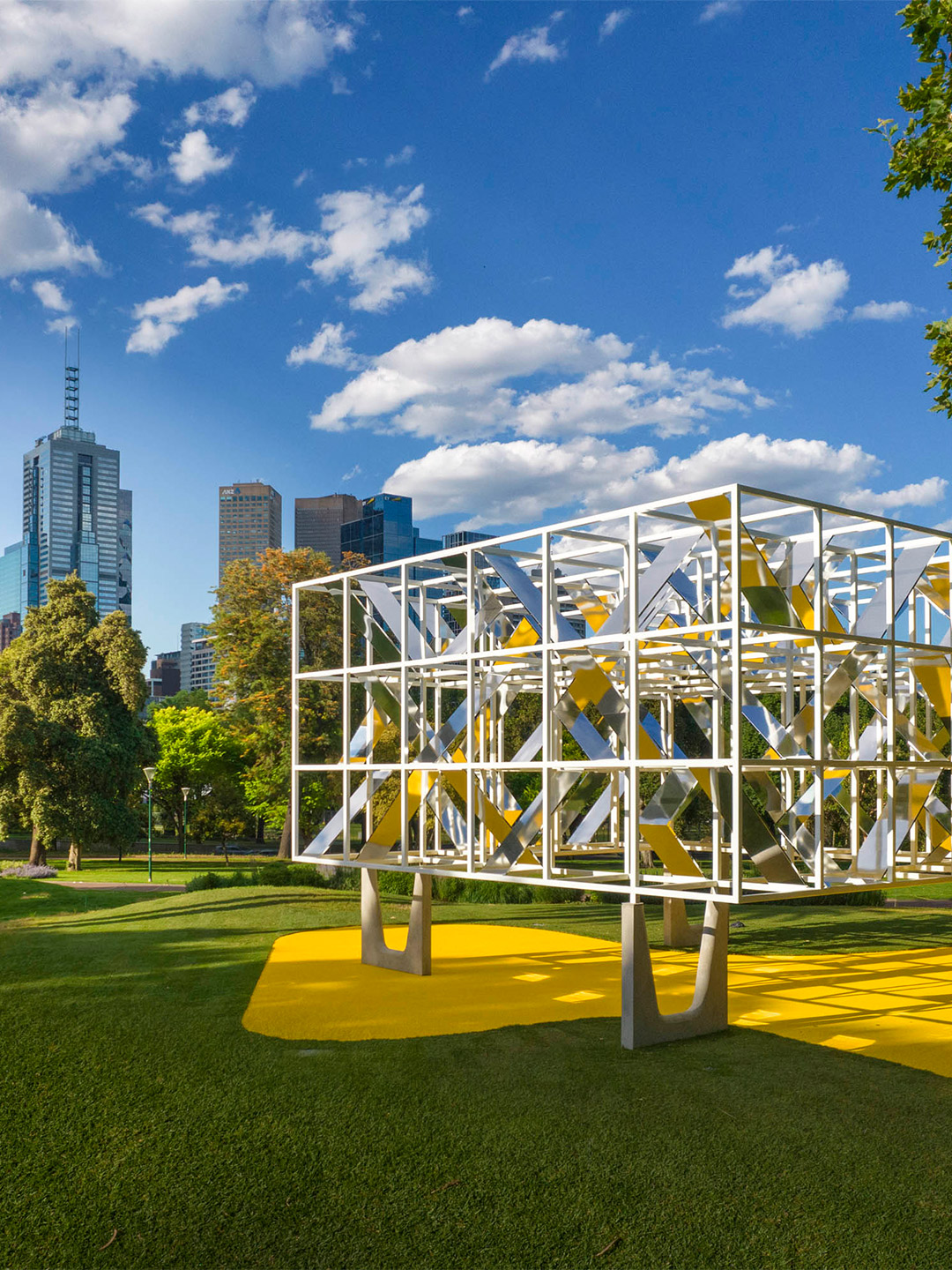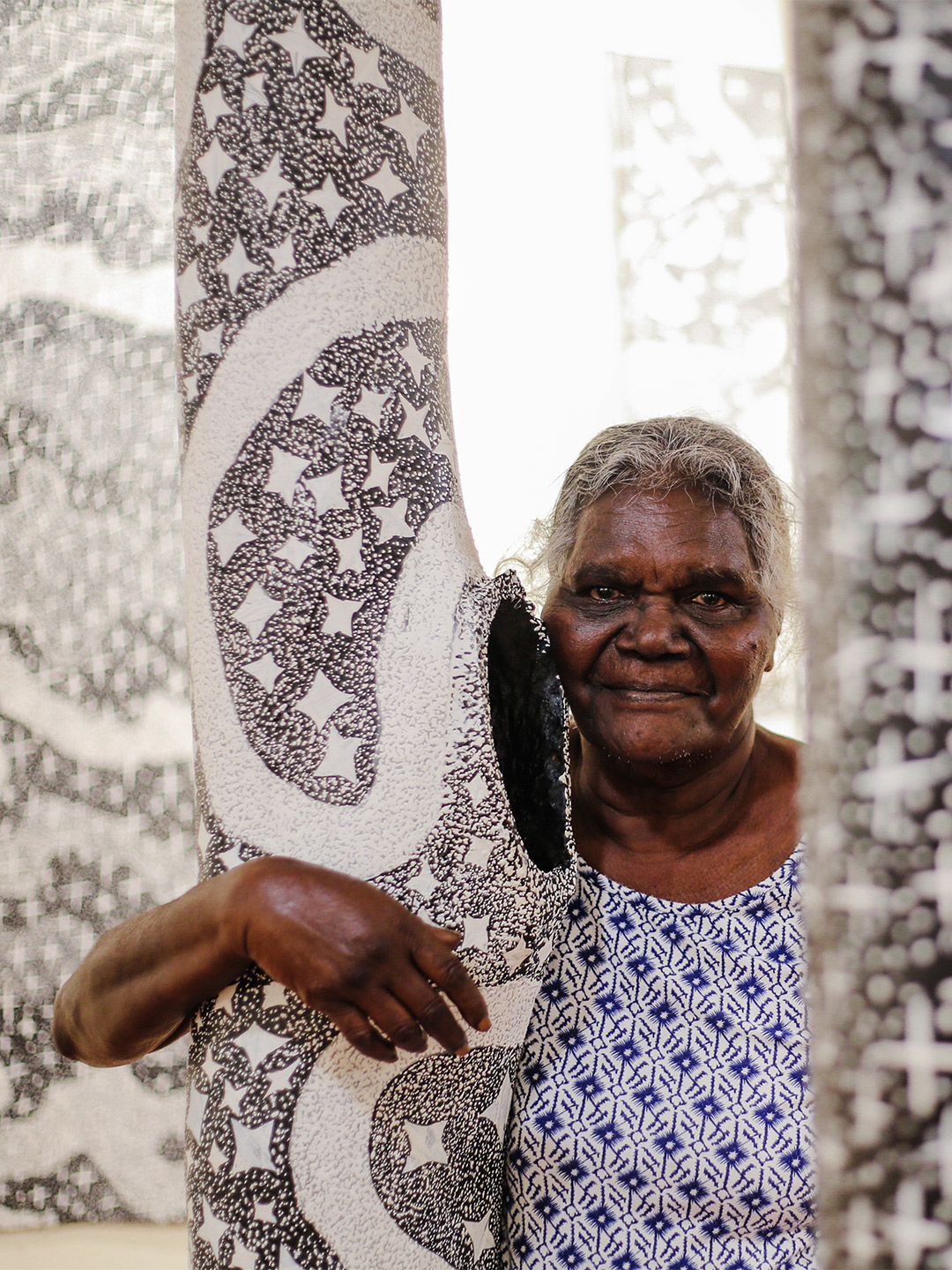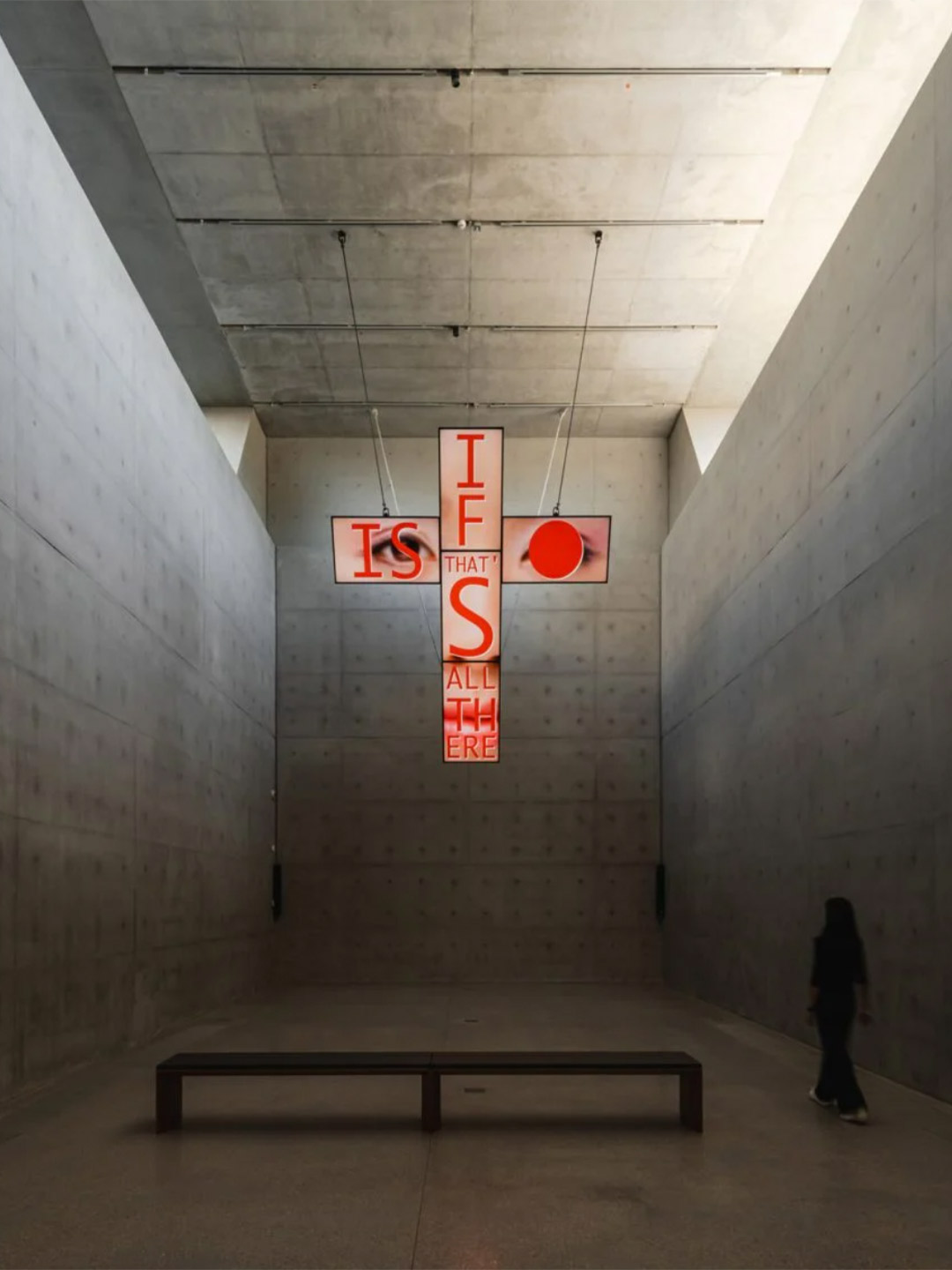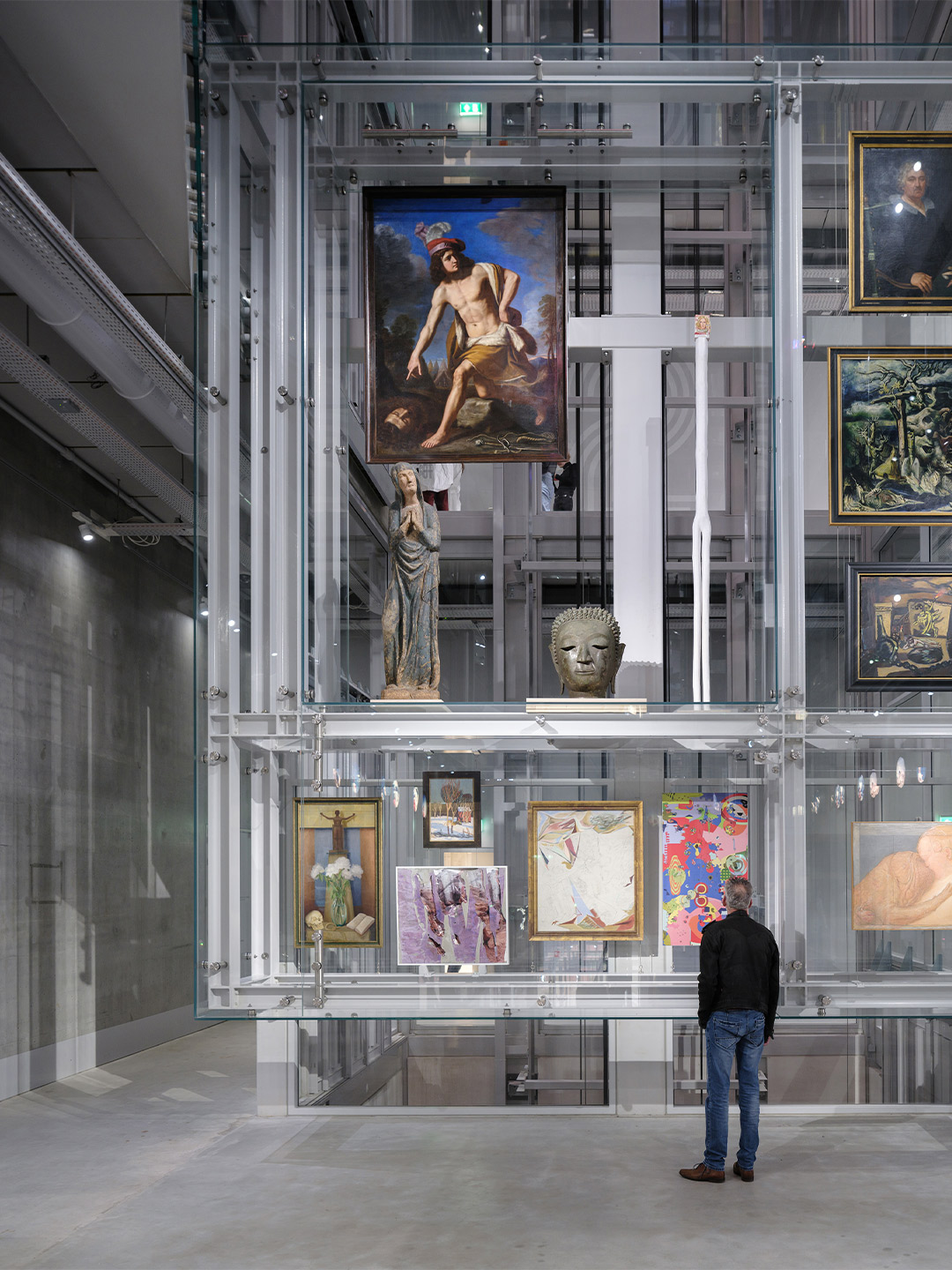Not in 4500 years has there been an exhibition of contemporary art at the Giza Pyramids in Egypt. Breaking this nearly five millennia-long drought, the latest exhibition by Art D’Égypte, titled ‘Forever Is Now’, opened to the public on October 21. Presented among the Great Pyramids of Giza and the surrounding sand dunes of the Giza Plateau, the showcase delivers a series of large-scale artworks that each respond to the pyramids – the last remaining artefacts to be considered among the Seven Wonders of the Ancient World.
“The pyramids of Egypt have a long, illustrious history of [an] extraordinary kind that has fascinated and inspired artists from all over the world,” says Nadine Abdel Ghaffar, founder of Art D’Égypte. “I have always been in awe of this extraordinary ancient civilisation that has influenced generations,” she insists. But getting the exhibition off the ground wasn’t all smooth sailing. Nadine pursued negotiations with the site’s guardian, UNESCO, who were at first opposed to the exhibition at the Giza Pyramids, for three long years.
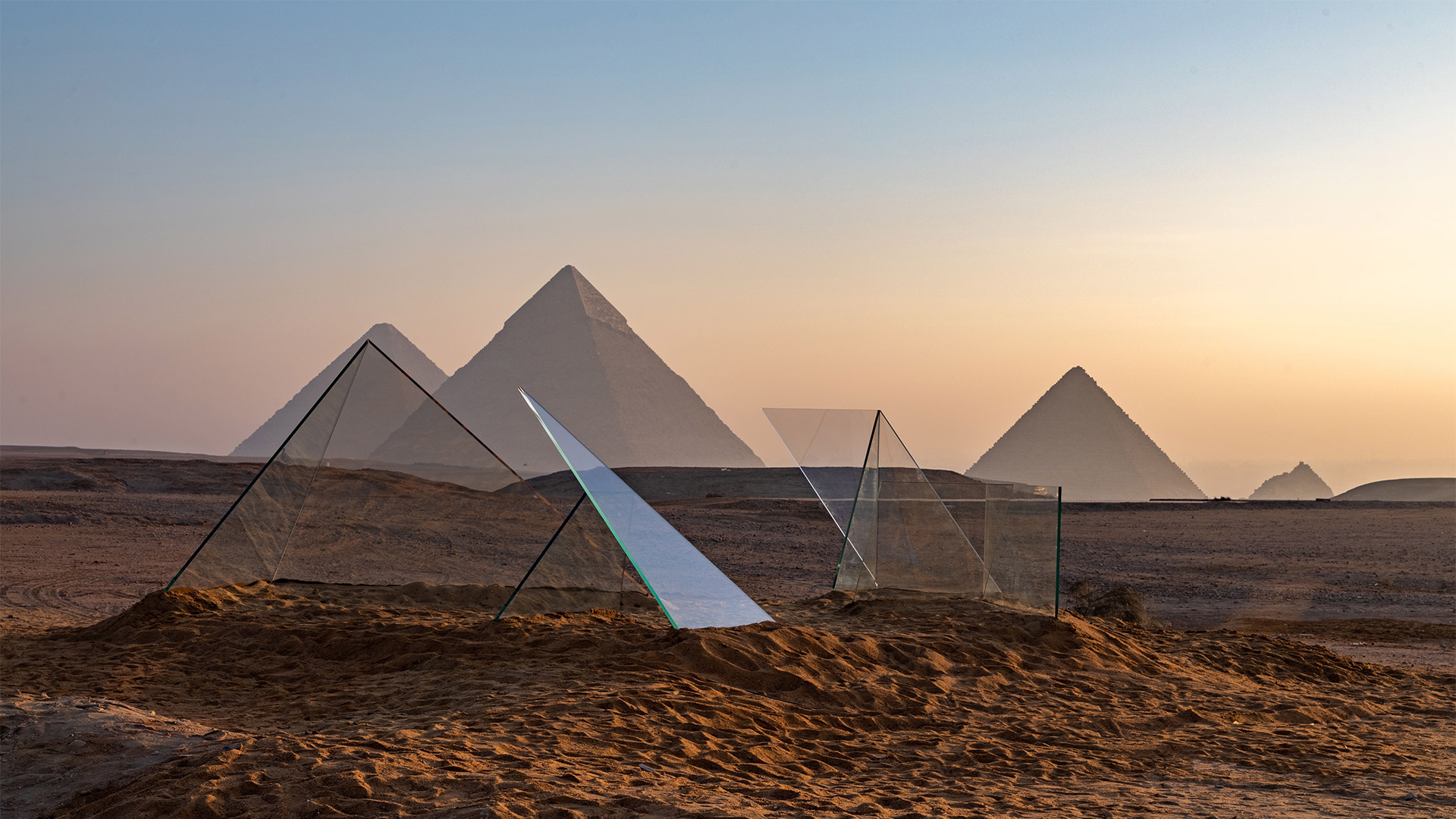
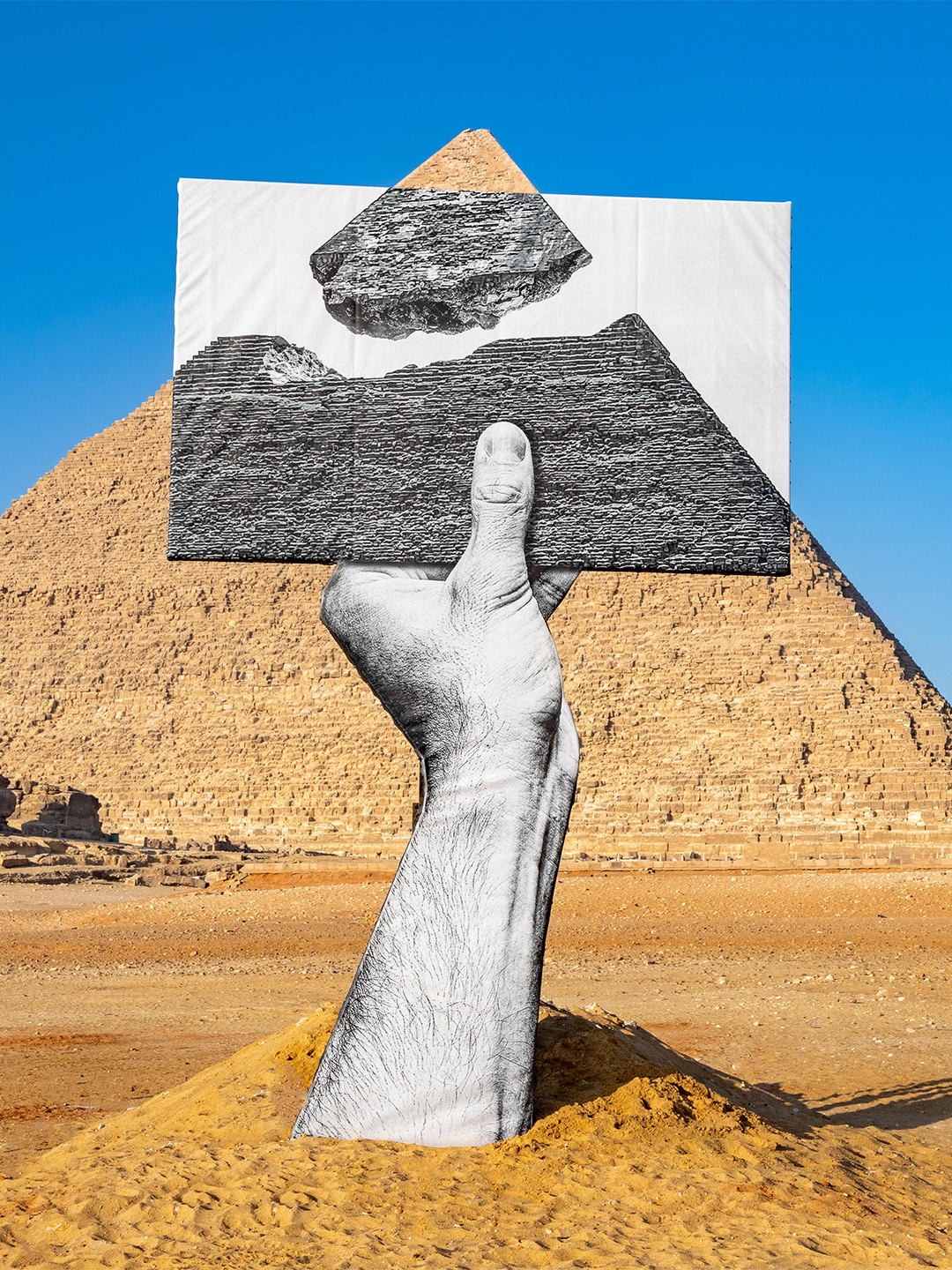
‘Forever Is Now’: an exhibition of contemporary art at the Giza Pyramids in Egypt
The heritage organisation later came around to the presentation, part-curated by Simon Watson, which also gained the support of the Egyptian Ministry of Antiquities and Tourism and the Egyptian Ministry of Foreign Affairs. “I’m thrilled to share what will be an unforgettable encounter with the union of art, history and heritage,” Nadine adds.
In a departure from its previous exhibitions, Art D’Égypte this year invited international artists, from Britain and Brazil to Italy, Russia and the United States, to participate alongside local artists. Displayed among the UNESCO-listed World Heritage Site, the ambitious collection of works in ‘Forever Is Now’ represents a merging of ancient heritage and contemporary art, setting a cultural agenda for the here and now.
Participants in the exhibition include Russian artist Alexander Ponomarev, America’s Gisela Colón and Brazilian artist João Trevisan. There’s also a submission, titled Greetings from Giza, by the anonymous French artist who goes by the name of JR. The work depicts the moment a postcard is held up in front of a pyramid, where both the postcard and the hand that holds it are larger-than-life. The black-and-white image on the postcard lines up perfectly with the edges of the real-life pyramid, leaning into ideas of selfie culture and ego-tourism replacing the nostalgic days of sending a postcard by mail.

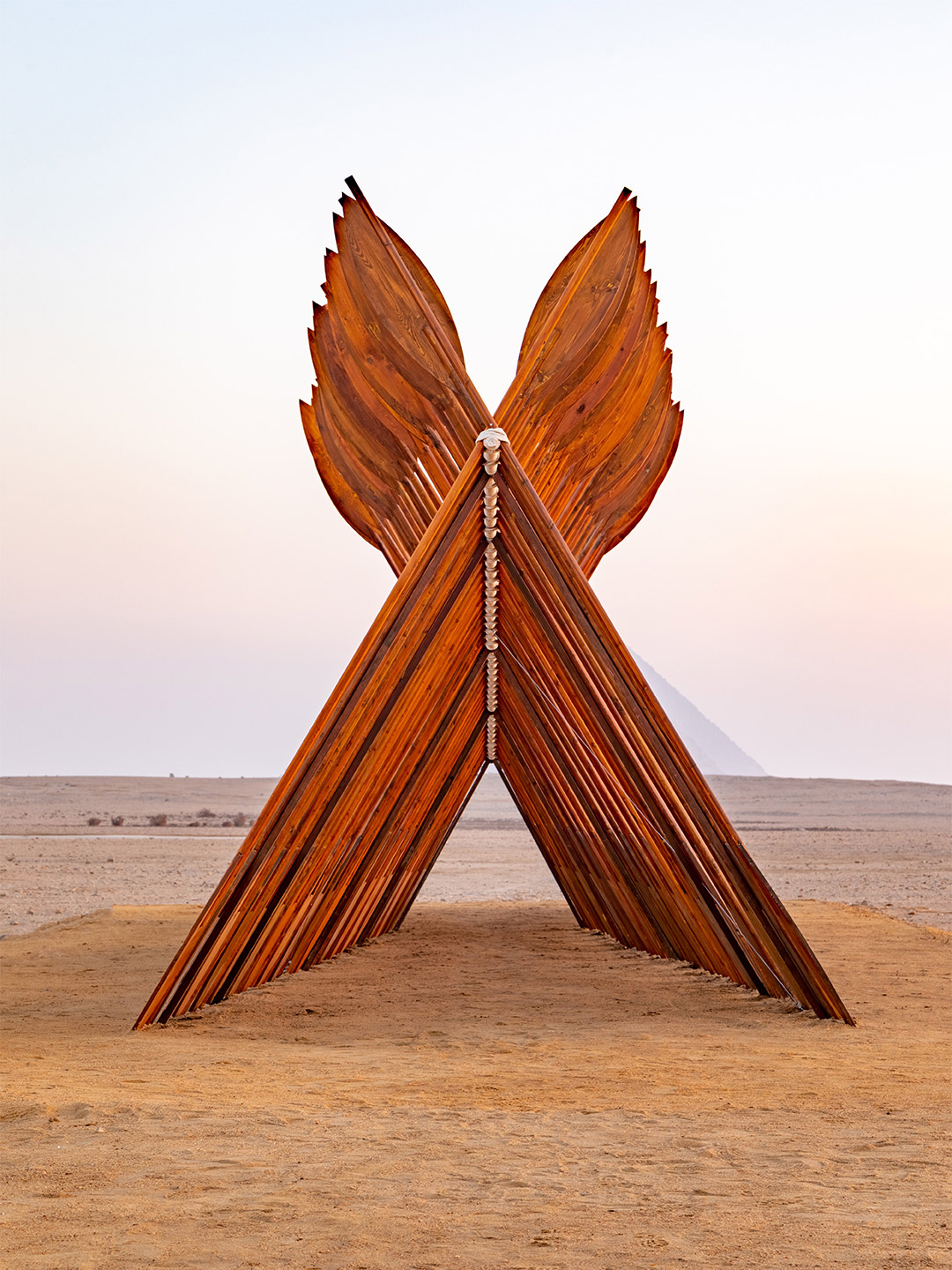
Italy’s Lorenzo Quinn is also a participant this year. As is Egyptian-born, Los Angeles-based artist Sherin Guirguis with the work Here Have I Returned. Egyptian artist Moataz Nasr’s piece, Barzakh, brings together a series of traditional and quietly beautiful Egyptian timber oars. The oars are each propped up in the sand, forming a tunnel arrangement that replicates the triangular silhouette of a pyramid in the distance. The heads of the oars appear almost flame-like at its peak, especially as they appear to glow in the afternoon light.
The work by British artists Shuster + Moseley, titled (Plan of the Path of Light) in the House of Hidden Places, comprises transparent glass panels sliced into dramatic shapes, including triangles, arranged among the blistering hot sand. As the distant pyramids are viewed through the toughened glass and the light hits the shimmering surfaces, the work plays with illusions, like imagining a mirage in the desert.
Shuster + Moseley is joined by Saudi Arabian artist HRH Prince Sultan Bin Fahad (his work is titled R III) as well as British artist Stephen Cox RA. Stephen’s experiential piece Interior Space: Khafre offers a nod to the second tallest pyramid in Giza and the tomb of the Fourth-Dynasty pharaoh Khafre.
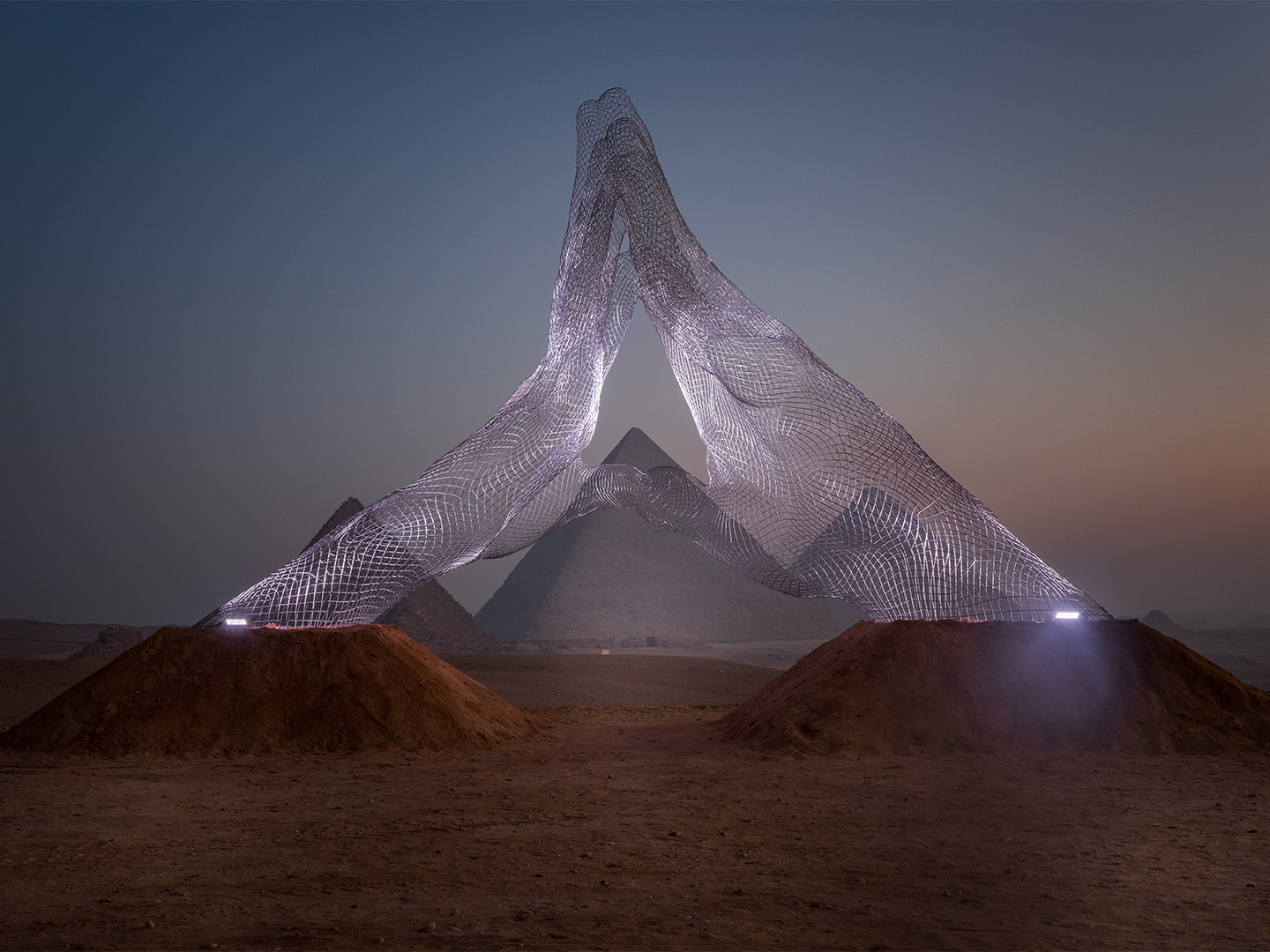
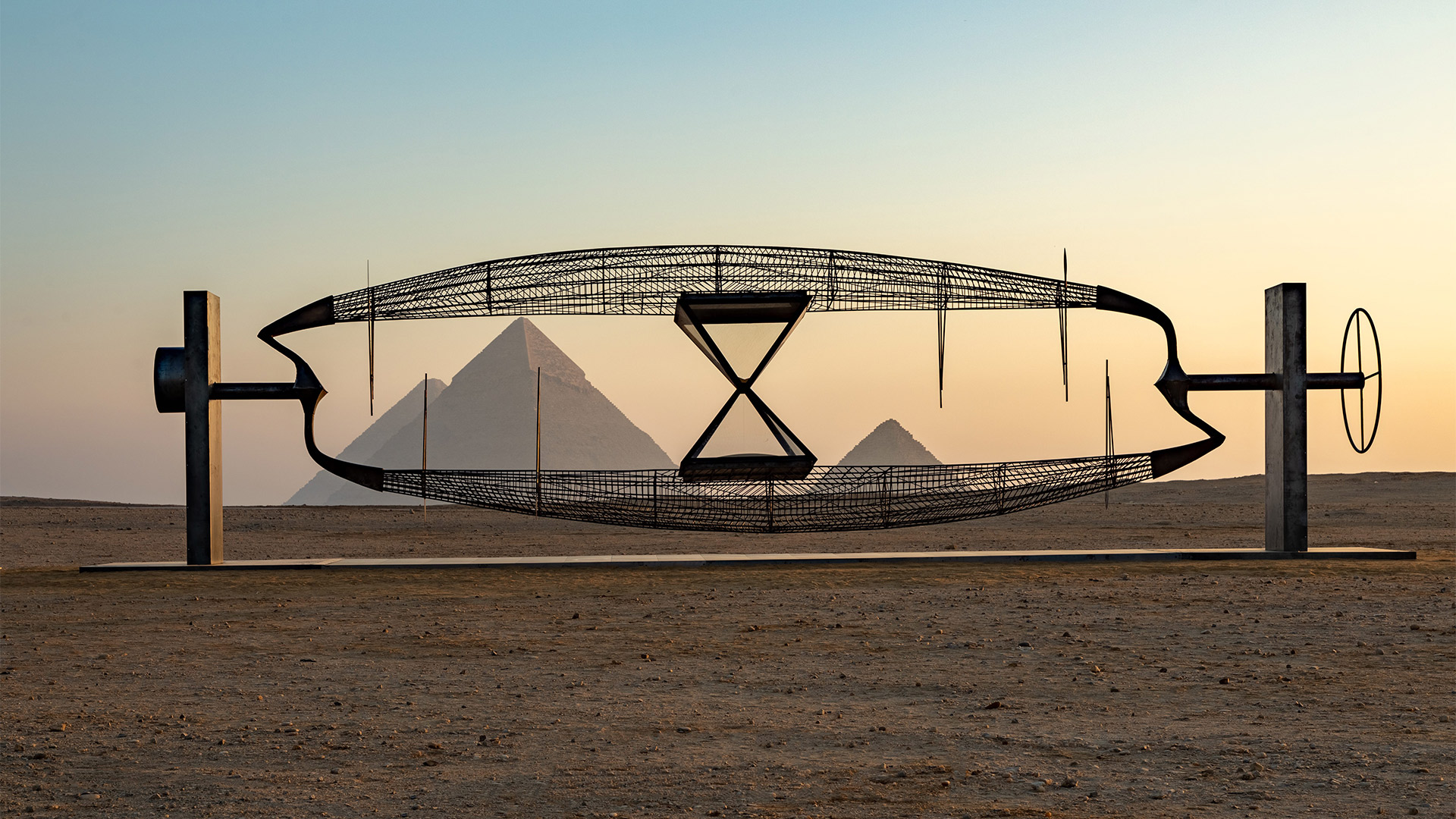
The pyramids of Egypt have a long, illustrious history of [an] extraordinary kind that has fascinated and inspired artists from all over the world.


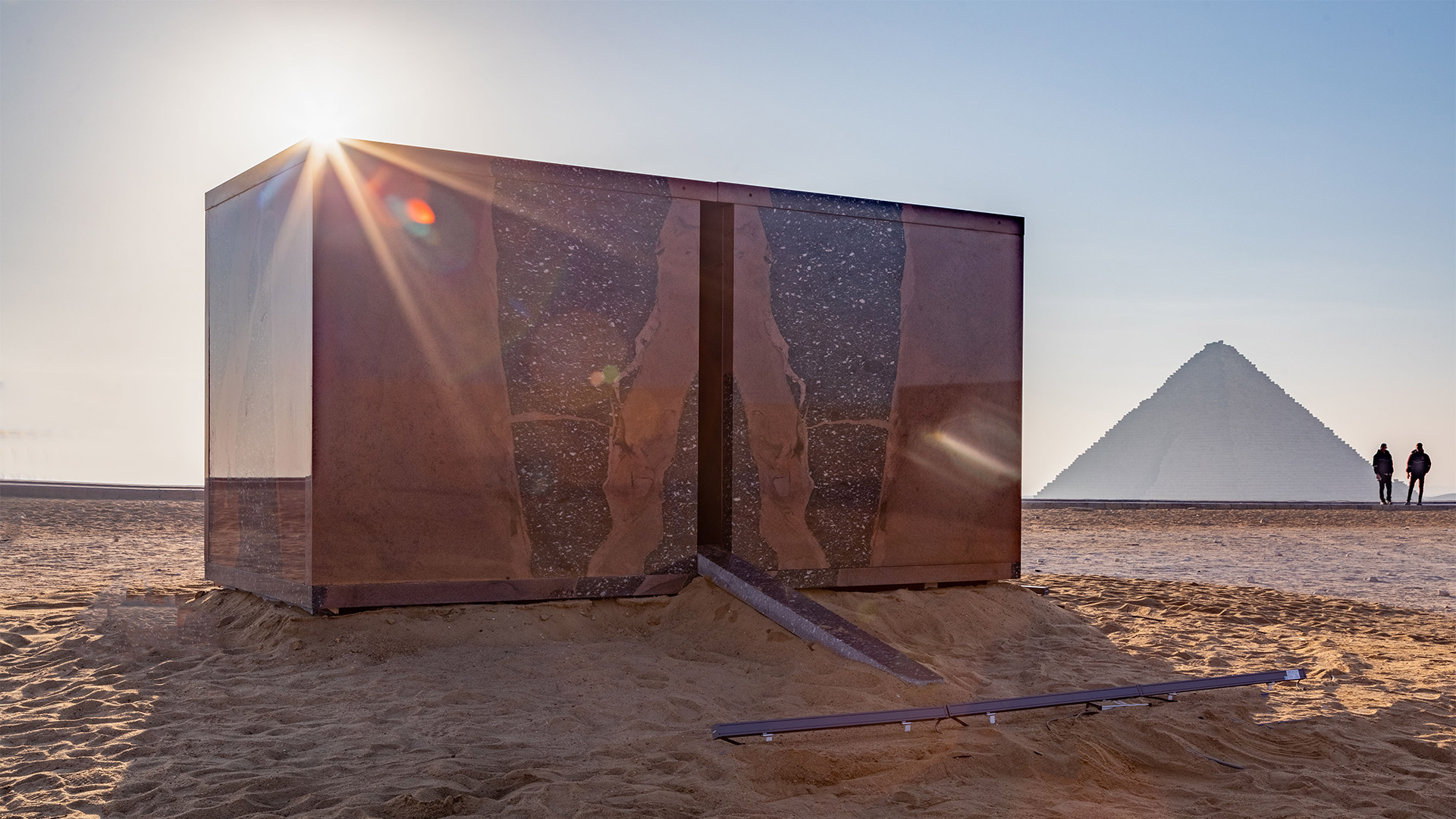
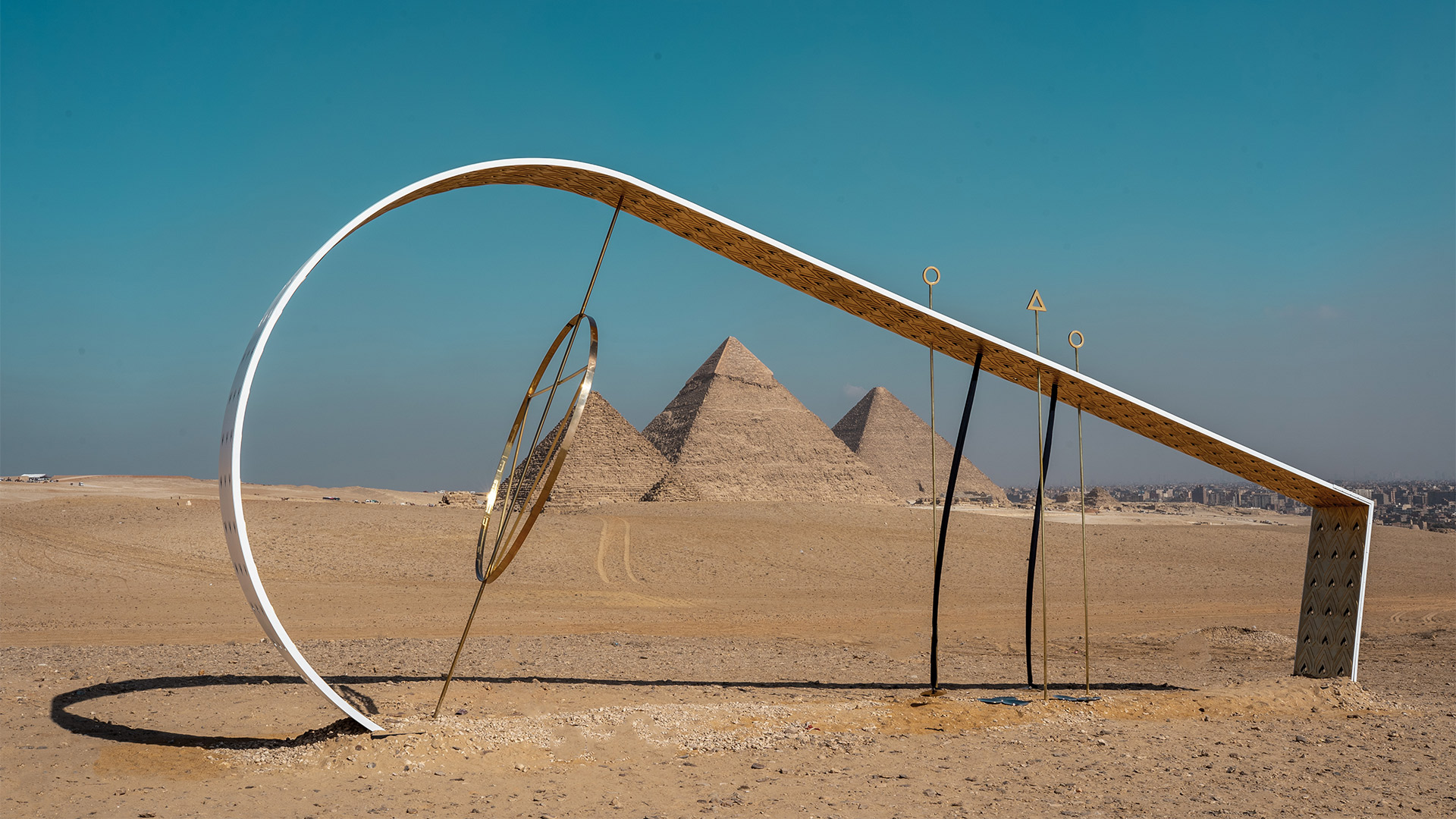
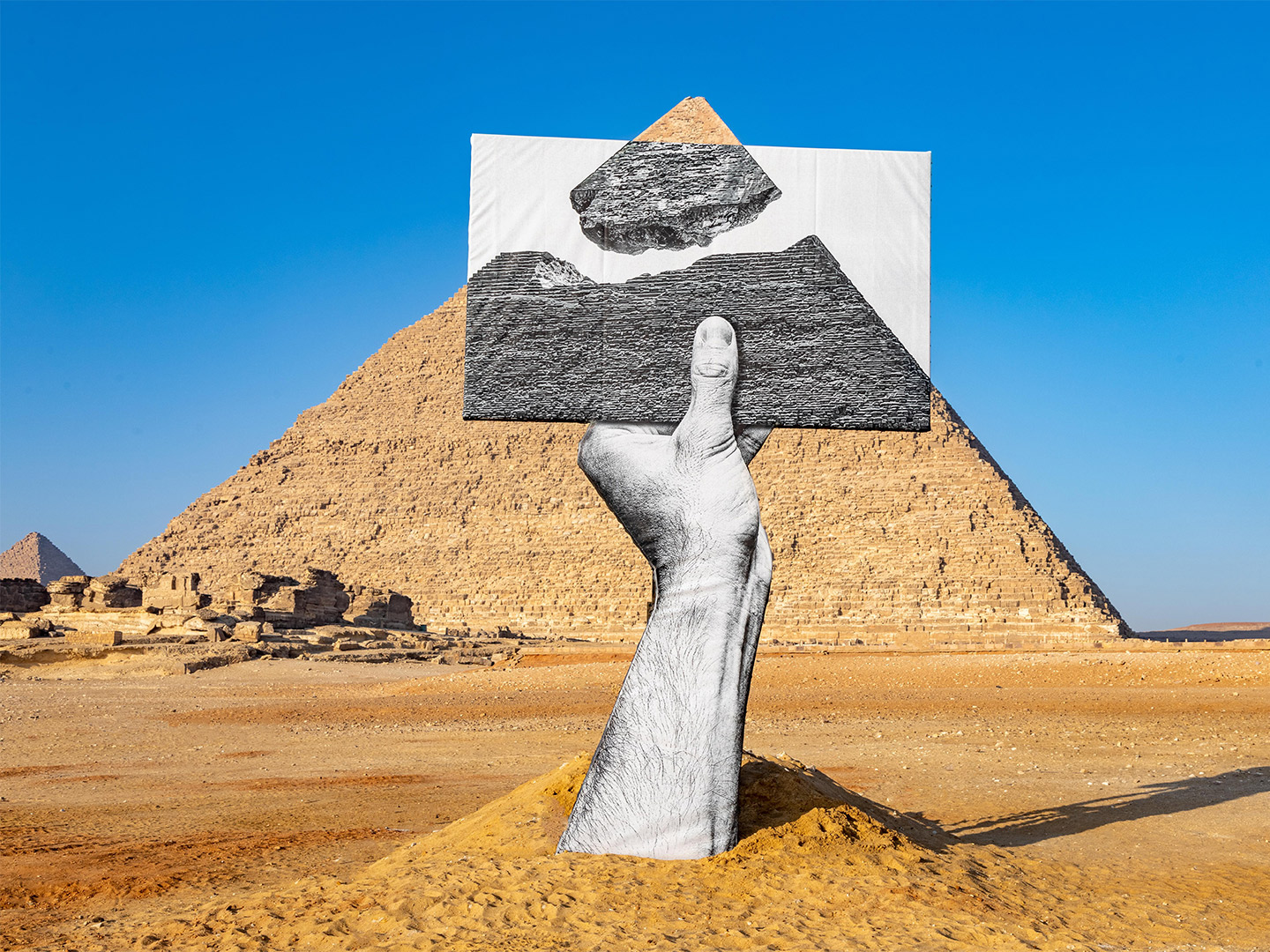
Catch up on more architecture, art and design highlights. Plus, subscribe to receive the Daily Architecture News e-letter direct to your inbox each week.
